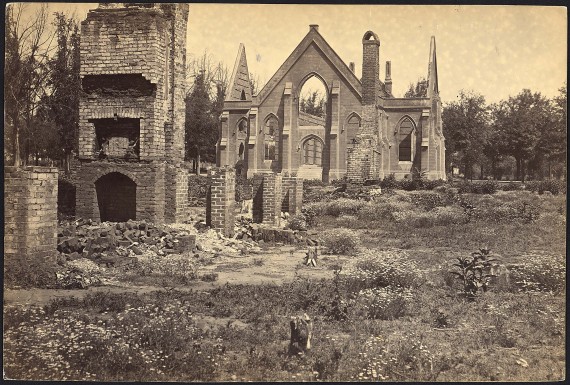
Part 5 in Clyde Wilson’s series “African-American Slavery in Historical Perspective.” Read Part 1, Part 2, Part 3, and Part 4.
Early in Reconstruction the staunch Unionist William Sharkey was appointed governor of Mississippi by Andrew Johnson. Sharkey said that he believed that half the African American population of the state had perished in the war. This may not be too much of an exaggeration for Mississippi where more than half the population was black and neighbouring Lousiana with almost as large a percentage. Both states had been subjected to repeated destructive invasions that had disrupted life catastrophically. Certainly the death toll for slaves was high, as it was for white women and children.
The central evidence of the aftermath of the war and Reconstruction is the neglected fact of the decline of well-being in the freed population for the half century after emancipation. The social statics of 1900 indicate a decline of 10 years in the life-expectancy of the African American population. This tragedy can only be explained by a decline in health care and nutrition, breakup of families, deterioration of work skills, and an increase in unemployment and vice. However, we can readily expect our upwardly mobile young historians, if they notice it at all, to discover for us that all the death and suffering were due to Southern violence and repression.
More @ The Abbeville Institute



